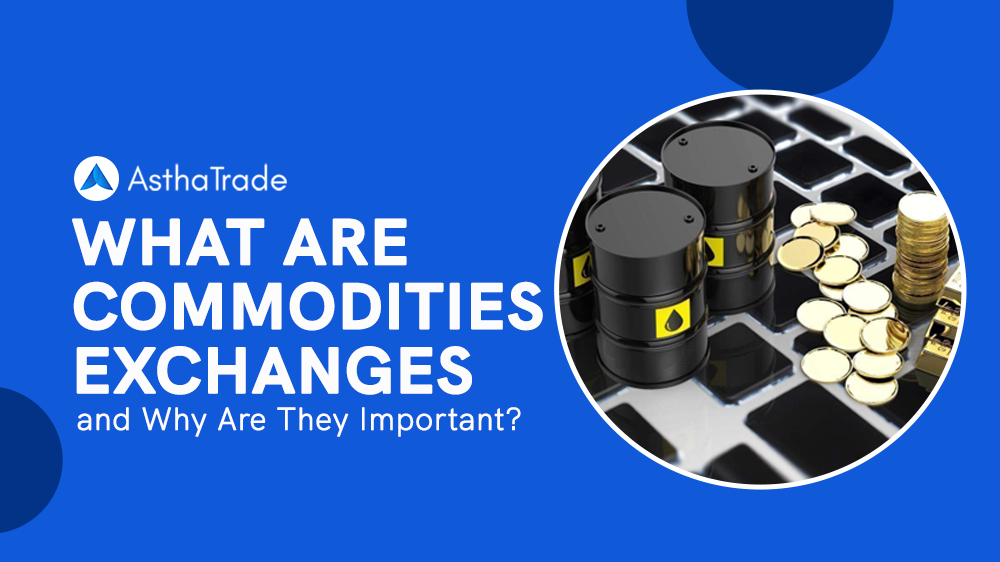What are Commodities Exchanges?
A commodities exchange is a legal institution that sets and enforces trading rules for standardized commodity contracts and related financial products.
It is a physical facility where trading takes place. The commodities market is enormous, including daily trades worth trillions of dollars.
The objective of these commodity exchanges is to create a centralized market where commodity trading can be done.
For example, a commodities market has the advantage of allowing a maize farmer to lock in a price for his crops months before they are harvested.
Why are Commodities Exchanges Important?
The commodities exchange can assist you in achieving your goals, whether you are an individual trying to hedge commodity prices for the future or an investor looking to profit from market price discrepancies and oscillations.
These exchanges allow investors and traders to trade futures contracts, options on futures, and other derivatives to invest in commodities.
Though independent traders may and do trade the futures market, significant commercial entities that utilize the futures market for price hedging constitute the bulk of participants.
Commodity exchanges play a crucial role in commodity trading and in setting global standard prices for essential commodities.
Both producers and consumers of commodities rely on commodity exchanges.
Producers who utilize commodities as inputs to make finished goods want to be protected against price swings daily.
Similarly, traders can benefit from these movements by using the commodities exchange.
Commodity exchanges are subject to stringent regulation to safeguard all market players and guarantee that the exchanges are transparent.
Components of Commodity Exchange
A commodities exchange is made up of four fundamental components in the widest sense.
Futures and Option Commodity Traders
These two sorts of market participants work in coordination to ensure the smooth flow of trades and maintain market equilibrium.
Trading Technology
Electronic trading platforms help commodity exchanges to work on a worldwide scale while maintaining a balance of speed, accessibility, and transparency for all participants.
Clearing Houses
Clearing houses are at the heart of every transaction. They provide buyers for the sellers and vice versa, ensuring that all parties can fulfill their obligations, and maintaining market integrity.
Liquidity
Liquidity refers to a buyer’s ability to find a seller and vice versa so that trading activity can remain consistent and reliable.
Conclusion
The Indian commodity market is growing and will continue to grow further. Despite being less popular compared to other markets.
The commodity market plays a significant role in hedging risk, influencing prices, and positively affecting the agricultural sector and the Indian economy.
The commodity exchange attracts a diverse range of buyers and sellers. Corporations, banks, governments, investment managers, farmers, and food processors are all possible employers.
The list goes on and on. These traders are engaged in two sorts of trading: hedging and speculating, regardless of who they are or where they come from.
Hedgers and Speculators both go at the same time. Without the other, neither can exist. Speculators absorb the risk that hedgers shift.

